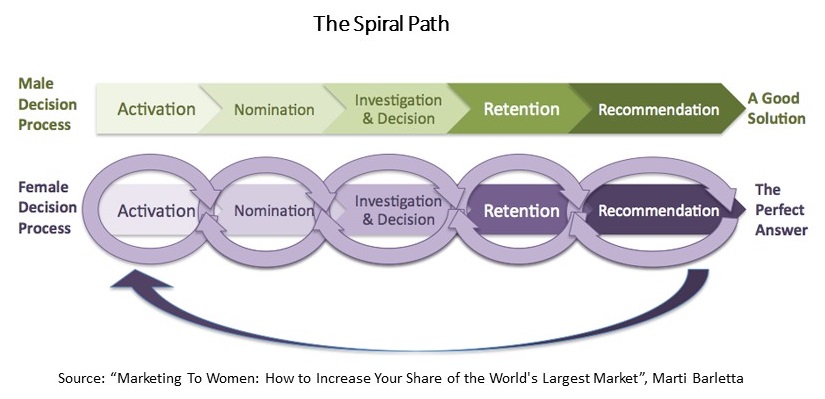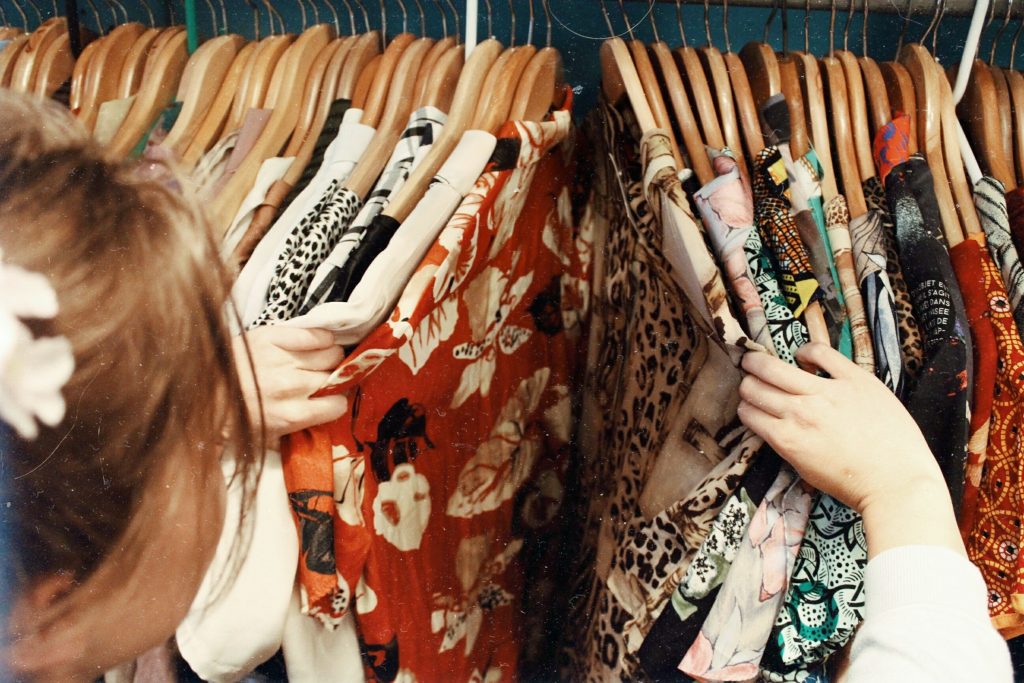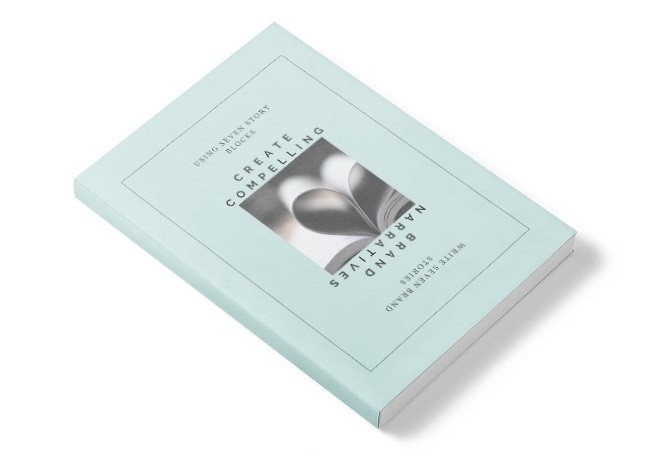Men and women differ. And their buying habits, are no different. Shopping is female.
This fourth article in a series on the Power of the Female Economy, explains how women follow a spiral pattern when buying – that moves between logic and emotion.
But wait, there are two fundamental building blocks that support that wildly sexist statement.
Guys are genetically disposed to being hunters – they walk through the woods and consider themselves unsuccessful in their pursuit, unless they kill something relatively quickly and drag it home to display and use. Women however, are the gatherers, who gain pleasure from the act of looking and taking time, to find the perfect solution to satisfy their needs and wants.
In that way, women can spend all day looking, buy nothing and still have a wonderful time. Why? Because females have a greater affinity for what’s thought of as ‘shopping’.
Part Four: Females Buy Differently
Even when it’s for mundane necessities that bring no particular pleasure, women will still shop quite willingly, in a dependable, agreeable fashion. So what’s so desirable about this act?
As author Paco Underhill explains it’s:
“…walking at a relaxed pace through stores, examining merchandise, comparing products and values, interacting with sales staff, asking questions, trying things on and ultimately making purchases.”
By comparison, men shop fast, spend less time looking, rarely look anywhere other than what they intend to buy, usually don’t ask where anything is, nor look at price tags until they get to the register. And if a man can’t find it first time, he’ll give up, shut down and turn around and walk out – all without asking for help. He gains no joy from the whole, messy process.
That’s exactly why our buying patterns look so vastly different.
Shopping freed women
What is it that makes women good shoppers? It’s what they get out of it.
Some say there’s a hangover from their homebound prehistoric role, that required skilful ‘shopping’ (AKA gathering nutritious and non-poisonous roots, nuts and berries) to nurture and ensure their children’s survival. Others propose that for centuries, the powerful patriarchal structure kept women at home and out of the world of commerce, except as customers at the retail level, where they relished the opportunities it presented.
As a result, one thing is certain. Shopping has allowed women to leave the house. It was (and in some parts of world, still is) their only realm of public life. And whatever influence they lacked (or were withheld from) in the business world… in the marketplace, they’ve always been the person who called the shots.
Today, never a truer word was written. Women now hold the power when it comes to the success (and failure) of your brand and business. If you’re unable to adapt to their needs, wants and evolving life, it’s akin to watching dinosaurs die out.
In his book, “Why We Buy”, Paco Underhill notes the extinction of the once flourishing species of home sewing machines. In the 1950s, 75 percent of American households owned sewing machines. Today, it’s under 5 percent. During the intervening decades of socioeconomic upheaval, women went from being homebound – sewing and repairing wardrobes of clothes for the entire family – to now, when anything more than reattaching a button, is never going to happen. To survive, Mr Singer has changed his business model and become a manufacturer of military weaponry.
It’s definitely a case of keep up with her, or lose out.
The spiral path
When you observe women shopping, or are actively participating, you quickly realise that for women, there are psychological and emotional aspects that are absent for guys.
Women become absorbed in the ritual of seeking, comparing, imagining, and envisaging the items in use. They care and take pride in ensuring they’ve tallied up the pros and cons of the purchase over another item, including its price. All that must be done, before they consider handing over any money.
Marti Barletta, author of the book “Marketing to Women”, has captured how a woman’s purchasing decision differs from a man’s. She terms it, The Spiral Path.
She goes on to explain:
“From start to finish, women and men seek, search and research differently. There are four key disparities in how women and men advance through their purchase path:
-
Women start the process differently – asking around
-
Women pursue a different outcome – the Perfect Answer
-
Women seek out more information and investigate more options – the Spiral Path
-
Women’s influence on sales success doesn’t end with their purchase – the Retention and Recommendation stages.”
Women go through a more complex and detailed decision-making process than men. Men’s decision-making path tends to be fast and linear: they tend to move straight through the stages without detours or tangential moves, seeking a Good Solution as their end goal.
However, women move through their decision:
“…in a series of cycles, often lopping back to an earlier stage of the process as they reconsider previous decision factors and integrate new information, seeking the Perfect Answer.”
The perfect answer
Fundamentally, this is where men and women depart from one another when making a purchase. Men look for a Good Solution. Women set out to find the Perfect Answer.
Men define the product or service they want, in terms of features that are most important to them. They create a short list of criteria and then work through the process, eliminating options as they try to find a solution that matches the criteria. Once a match is made, they’re done.
How do women do it? They start with a generalised sense of the situation they want to address. Then, according to Barletta, they:
“…factor in additional considerations as they move through the decision process, and keep exploring options until they are satisfied that they have found not just a workable solution but the best possible answer.
In short, men are buyers, whereas women are shoppers.”
In other words, women don’t define their goal by product features, but by end use: the job to be done. If the item she’s considering doesn’t meet all the criteria she set (plus any others she’s added through her pathway) then it’s only a partial solution. In her mind, the Perfect Answer may be only a few shops away and how will she ever know, unless she keeps looking? And so it continues…
Focus on their pathway
The path a woman takes to reach a purchase decision takes time. And several visits. Her search for perfection makes her reluctant to buy until all possible options have been examined, considered and discussed. But the pathway offers many opportunities. How? Again, let’s turn to Barletta’s wisdom to explain:
“…identify the one or two stages in the purchasing process that have the most opportunity for increasing your business. Concentrate most of your marketing on the most important stage, rather than spreading your marketing budget across the entire decision process.
… say your most important marketing goal is Retention and Recommendation — helping the customer stay committed to your brand and improving your customer relationship. You might engage in a referral program or improvements to your customer support.
The bottom line: do your research; pick your marketing strategy and stick with it. If your brand has a consistently appealing message to women in the most important decision-making stage, women will take notice and reward you with their purchases.”
On a related note, it’s also worth noting that curiously, it seems our online shopping patterns are the inverse of normal bricks-and-mortar habits. In the online environment, women stick to their list, buy and get out, while men tend to take more time to browse around before they buy.
Women are searchers
Each gender is baffled by the other’s behaviour.
Men eliminate options, while women add more into the mix. Men could seem tunnel-visioned, while women may appear fickle and indecisive. Neither is better, they’re just different.
What is certain, is that in her search for the Perfect Answer, a woman continually examines, compares, interacts, asks and tries. If you satisfy her path, at every point, she’ll then buy. Again. And again.
This is part of a 5-part series, on The Power of the Female Economy: Part 1 – Part 2 – Part 3 – Part 4 – Part 5
NOTE: This post originally appeared as an article ghostwritten for a client and was published in Professional Beauty (Aust) magazine.







